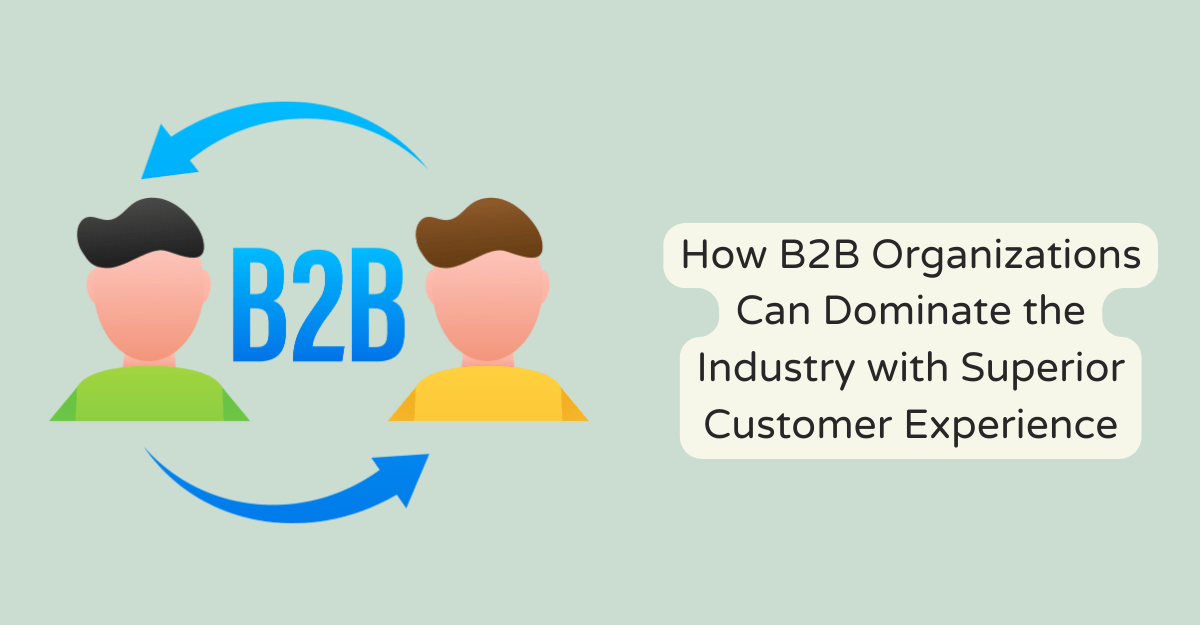
In today’s fast-paced business world, the ability to manage and develop talent effectively has become a cornerstone of organizational success. Talent management is not just about hiring the right people but also about fostering their growth, aligning their goals with those of the company, and retaining top performers. As businesses strive for success, adopting strategic talent management practices can make the difference between merely surviving and truly thriving.
This article delves into six key strategies that businesses can implement to manage their talent effectively, thereby ensuring sustained growth and a competitive edge in the market.
1: Investing in Employee Education and Development
One of the most impactful ways businesses can support their employees’ growth and retention is through continuous learning and development opportunities. In an era where skills requirements are constantly evolving, providing employees with access to education and training is crucial. It enables them to stay abreast of industry trends, enhance their skill sets, and remain competitive in their roles. This not only benefits the individual by broadening their career prospects but also enriches the organization with a more skilled and adaptable workforce.
A strategic Learning and Development (L&D) initiative that companies can consider is encouraging employees to pursue an online bachelor’s in business management. Looking up the keyword online bachelors in business management on any search engine will prove helpful in finding the right program. This flexible learning option allows employees to enhance their business acumen and leadership skills while balancing their work commitments. Online learning platforms offer the dual benefits of accessibility and convenience, making it easier for employees to engage with course material and apply their learning in real time.
2: Implementing Effective Onboarding Processes
The onboarding process is a critical phase in the talent management cycle, setting the tone for an employee’s experience within the company. An effective onboarding program goes beyond mere orientation; it ensures that new hires are thoroughly integrated into the organizational culture, understand their roles and responsibilities, and feel valued and supported from day one. This initial investment in employee engagement pays dividends in terms of job satisfaction, productivity, and long-term retention, laying the foundation for a positive and productive working relationship.
Creating an engaging onboarding experience involves a combination of informational sessions, hands-on training, and social integration activities. Companies should aim to provide a comprehensive overview of the business’s operations, values, and expectations while also facilitating connections with colleagues and mentors. This not only helps new employees navigate the early days of their employment but also accelerates their ability to contribute effectively to the team. By prioritizing a structured and welcoming onboarding process, businesses can enhance their attractiveness as employers and reduce turnover rates.
3: Utilizing Performance Management Systems
Performance management systems are invaluable tools for setting clear expectations, tracking progress, and facilitating ongoing feedback between managers and employees. These systems enable businesses to monitor and evaluate individual performance in alignment with organizational goals, identify areas for development, and recognize achievements. Effective performance management is a dynamic and continuous process that encourages open communication and fosters a culture of accountability and excellence.
The benefits of implementing a robust performance management system include not only improved individual performance but also greater team cohesion and organizational efficiency. By regularly reviewing employees’ progress and providing constructive feedback, companies can support their workforce in achieving their full potential. Moreover, performance management systems offer valuable data that can inform strategic decisions regarding talent development, succession planning, and resource allocation. In this way, performance management becomes a key driver of organizational success, enabling businesses to adapt and thrive in an ever-changing business landscape.
4: Encouraging Internal Mobility and Career Advancement
Promoting internal mobility and clear pathways for career advancement within the organization is a key strategy for talent retention and employee satisfaction. By offering opportunities for employees to explore different roles, take on new challenges, and progress in their careers without leaving the company, businesses can tap into the existing talent pool and motivate employees to stay long-term. It not only helps retain valuable employees but also reduces recruitment costs and ensures a consistent organizational culture.
To implement this strategy effectively, companies should have transparent career pathways and provide the necessary resources for employees to develop the skills required for their desired roles. It could include mentorship programs, in-house training, and regular performance and career planning discussions. By actively supporting employees’ career aspirations, businesses not only enhance employee engagement and loyalty but also foster a culture of continuous learning and growth.
5: Fostering a Culture of Recognition and Reward
A culture that recognizes and rewards employees for their contributions is essential for fostering motivation and engagement. Acknowledging both big achievements and small wins encourages employees to continue putting forth their best effort and reinforces the behaviors and values that the company seeks to promote. Effective recognition goes beyond financial incentives; it includes public acknowledgment, opportunities for professional growth, and personal gestures of appreciation that resonate with employees on an individual level.
To build a robust recognition and reward system, companies should ensure that their programs are equitable, consistent, and aligned with the organization’s goals and values. Regularly celebrating successes, both in team meetings and through company-wide communications, can help create a positive work environment where employees feel valued and motivated. By investing in a culture that appreciates hard work and dedication, businesses can enhance employee satisfaction, reduce turnover, and improve overall performance.
6: Prioritizing Diversity and Inclusion Initiatives
Diversity and inclusion are more than just buzzwords; they are strategic business imperatives that contribute to a more vibrant, innovative, and competitive workforce. Embracing diversity means recognizing and valuing the unique backgrounds, perspectives, and talents that each employee brings to the table. Inclusion goes a step further by ensuring that all employees feel welcomed, respected, and given equal opportunities to succeed. Together, diversity and inclusion initiatives can enhance creativity, drive innovation, and attract a broader talent pool.
Implementing effective diversity and inclusion strategies involves comprehensive efforts across all facets of talent management, from recruitment and onboarding to development and retention. It includes creating unbiased recruitment processes, offering diversity training, establishing employee resource groups, and setting clear goals for diversity and inclusion outcomes. By actively working to remove barriers and create an inclusive workplace, companies can unlock the full potential of their workforce and position themselves as employers of choice.
Conclusion
In the quest for business success, mastering talent management is non-negotiable. The strategies outlined – from investing in employee education and development to fostering a culture of recognition and prioritizing diversity and inclusion – are integral to creating a workplace where employees feel valued, engaged, and motivated to contribute their best. Each approach not only supports the individual growth of employees but also aligns with broader organizational objectives, driving performance and competitive advantage.

